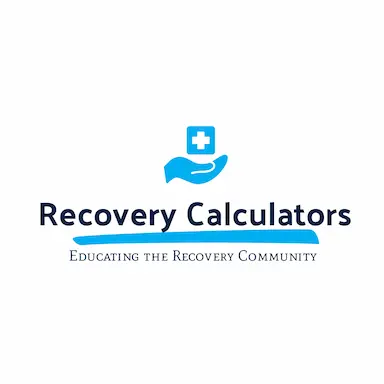Understanding how long drugs stay in the body is crucial for both users and healthcare providers. This information helps in planning effective recovery and detox strategies. The duration drugs remain in the system depends on many factors, including the type of drug and how the body processes it.
Factors Influencing Drug Retention
The time drugs remain in the body is influenced by several factors. Understanding each factor can provide clearer insights into how quickly someone can detox and move towards recovery.
1. Drug Type: Different drugs have unique compositions and, as a result, different staying powers. For instance, marijuana tends to linger longer than cocaine.
2. Dosage: Larger doses generally take longer to clear out of the system.
3. Metabolism: Individuals with faster metabolic rates tend to process drugs more quickly. This rate varies based on age, gender, and even genetic factors.
4. Body Weight: A person’s body weight and fat percentage can affect how long drugs remain detectable. Drugs often store in fatty tissues, impacting how long they linger.
Environmental and lifestyle factors are also crucial. A balanced diet and regular exercise might help the body metabolize substances more swiftly. On the other hand, stress and lack of sleep might slow down the detoxification process, prolonging the time drugs stay in the system. Recognizing these influences helps in crafting effective detox strategies, especially in structured rehab environments where timely drug elimination is essential.
Common Drugs and Their Detection Windows
Several commonly used drugs have well-documented detection windows, which labs and rehab centers frequently refer to during assessments.
1. Fentanyl: Typically detectable in urine for up to three days. Due to its potency, its traces clear relatively quickly, but effects can linger, requiring careful management in rehab.
2. Marijuana: Can stay in the body for weeks. Regular users might test positive even a month after their last use due to THC accumulating in fat cells.
3. Cocaine: Usually remains detectable for up to four days. However, heavy users might show residues even a week later.
Testing methods include:
- Urine Tests: Most common due to ease and cost-effectiveness. They detect recent drug use and are standard in many home and professional settings.
- Blood Tests: More invasive but offer accurate, short-term detection results.
- Hair Tests: Can reveal drug use over several months but are typically used for more in-depth analysis.
These detection windows and methods underscore the importance of understanding drug retention, especially for individuals seeking recovery in Scottsdale and Phoenix rehabs. Knowledge of these timelines aids healthcare providers in designing more effective treatment plans that account for the specific needs of each patient.
The Effects of Drugs on the Body
When drugs remain in the body, they can cause both short-term and long-term effects that impact physical and mental health. Understanding these effects is critical, especially as individuals embark on their journey of recovery in drug and alcohol rehabs.
In the short term, drugs can disrupt normal bodily functions. Many substances, like stimulants, may cause heightened heart rates and increased blood pressure. Others, such as depressants, can lead to lowered heart rate and slowed breathing. These physical responses can create immediate health risks, demanding prompt medical attention.
Long-term effects are typically more severe and can include addiction, mental health disorders, liver damage, and cardiovascular problems. Continuous use and retention of drugs in the system can lead to these prolonged issues, complicating the recovery process.
These effects present significant challenges in rehab. Facilities need to address not only the physical withdrawal but also the psychological hurdles that drugs create over time. Providing comprehensive care involves treating these diverse effects to ensure a stable and supportive environment for recovery.
Role of Calculators in Assessing Drug Retention During Rehab
Medical calculators like CIWA (Clinical Institute Withdrawal Assessment for Alcohol) and COWS (Clinical Opiate Withdrawal Scale) are invaluable in managing drug retention during rehab. These tools help healthcare professionals understand withdrawal timelines by quantitatively gauging the severity of withdrawal symptoms.
CIWA is specifically designed to assess alcohol withdrawal, while COWS gauges symptoms of opiate withdrawal. By providing structured assessments, these calculators guide the necessary interventions, ensuring patient safety and comfort during detox.
In Scottsdale and Phoenix rehabs, these calculators are vital for personalizing treatment plans. When patients arrive, staff use these tools to evaluate their current state and establish a foundational understanding of what each individual might need. This personalized approach enhances the effectiveness of the treatment, making the journey to sobriety smoother.
Conclusion
Understanding how long drugs stay in the system and their effects on the body is crucial in overcoming substance use disorders. The information gleaned from medical calculators like CIWA and COWS enhances the recovery process by providing data-driven insights into patient needs. These tools, alongside comprehensive treatment plans, allow rehabs in Scottsdale and Phoenix to effectively manage and treat addiction, offering individuals a clear path to recovery.
Recovery Calculators is committed to supporting recovery journeys with tools that provide clarity and precision. Explore how our resources can assist you or a loved one. With accurate assessments, the road to recovery is more achievable. Visit our drug rehab center in Phoenix to learn more about how we can aid your recovery process.


